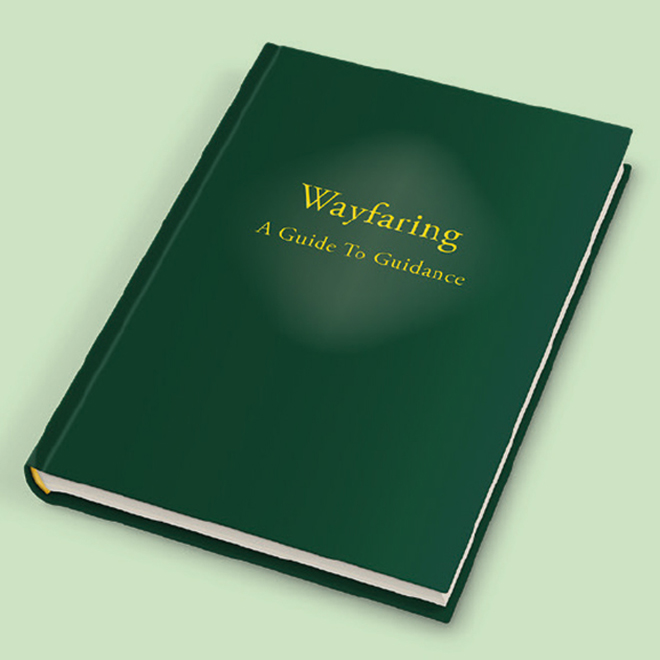Meeting for Sufferings: Exploring diversity
Representatives were asked to consider the issue of diversity within the Religious Society of Friends
The issue of diversity within the Religious Society of Friends was raised at Meeting for Sufferings.
A paragraph of Yearly Meeting’s Minute 38 was sent to Meeting for Sufferings and asked that representatives ‘look at how we can remove barriers and actively seek wider participation in the full life of our Meetings, paying particular attention to race and age diversity’.
